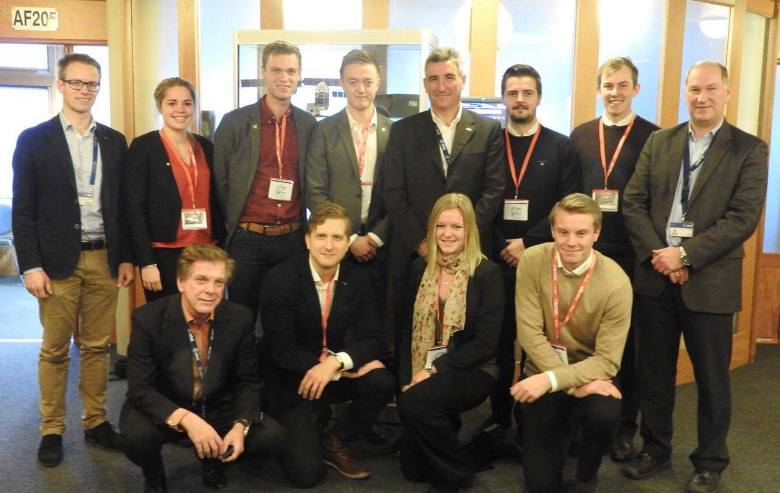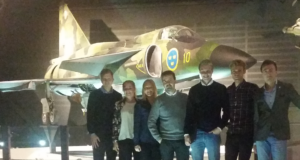Over and out!
Hello world!
A full year has passed since I started here as a graduate engineer. It’s gone by so incredibly fast. It is now less than a month until I leave Trollhättan for half a year. Leaving feels a bit melancholy, but I look forward to the following six months a lot! During these coming time I will be working at Fokker Services in Hoofddorp, right outside Amsterdam. According to their HR department I will be the first person from GKN to be stationed there for work, which feels exciting. Fokker also have their own graduate program and I’ve been told they are considering sending a graduate for placement here in Sweden as a response.
I risk sounding like a broken record – but I really look forward to these coming six months so much. I’m very hopeful at the moment about the whole thing and I can’t wait to get going. There was a time when I was a bit stressed out about finding accommodation, but I have now booked the a place for the first few weeks and the rest I can handle when I’m actually there.
The place I’ve booked is called The Student Hotel and is situated about a kilometer west of the city center. I’m glad I found something so central, which means my free time will be much closer to the buzz. The Student Hotel is partly an apartment hotel, but also a regular hotel and like the name suggests it also hosts student apartments. It has a few common areas with ping pong and pool tables and I think I might quickly find a few friends there which I’m hopeful about.
Anyways I’m very excited to soon be going and as you notice I’m looking forward a lot to the whole ordeal. From all the experience and new things I will learn at work, the experience of living in another country and all the new friends I will meet. This will be six great months!
Over and out!
Joakim
ps This year has been so much fun and I’ve been having a great time. The place I liked the most was my home department, where I will be working indefinitely when I get back to Sweden. Looking forward to this so much as well! J ds

